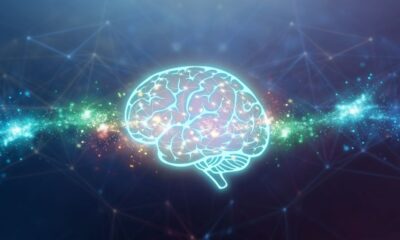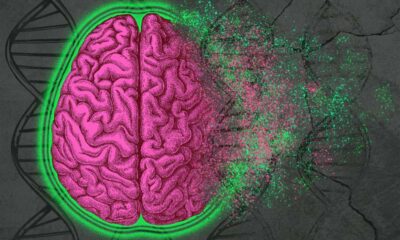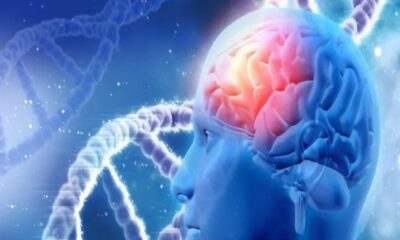An important discovery has been revealed on the genetic foundation of anxiety disorders (ADs), which impact more than 280 million individuals worldwide.
Through the analysis of spatiotemporal transcriptomic data of genes associated with AD in human brains, they discovered two unique gene clusters exhibiting particular expression patterns in the limbic system, midbrain, and cerebral nuclei—regions that have been previously connected to AD behaviors. These clusters represent serotonergic/dopaminergic and glutamatergic signaling, respectively, and their different expression across developmental stages points to a potential role in the onset of AD symptoms.
By shedding light on the genetic and neurophysiological foundations of ADs and its subtypes, this research paves the door for focused therapeutic interventions.
Important Details:
- Around 280 million individuals globally suffer from anxiety disorders.
- Two gene clusters each exhibiting unique temporal and geographic expression patterns.
- These gene clusters may have a role in the development of AD symptoms since they correlate with several signaling pathways and developmental stages.
Anxiety disorders (ADs) are among the most prevalent mental health illnesses, affecting about 280 million individuals globally. The genetic basis of ADs is evident from inheritance in families, and the tendency for individuals with one AD subtype to also have another subtype suggests a common genetic base. Despite the identification of the brain circuitry implicated in ADs, its relationship to gene expression is yet unknown.
After discovering this connection, scientists discovered that the brain expresses two gene clusters.
Prior studies have used targeted gene sequencing and genome-wide association studies (GWAS) to identify common mutations in individuals with anxiety-related personality characteristics or AD. In the human genome, certain mutations have been linked to particular genes.
In the meantime, neuroimaging methods like functional MRI (fMRI) and PET scans have demonstrated that activity in particular neural circuits can predict a nervous temperament in rhesus macaques. These monkeys can also be used to identify the neural circuits responsible for the symptoms of AD through microstimulation methods.
Prior physiological research had suggested that these brain structures are involved in regulating AD behaviors. Further analysis of these areas using hierarchical clustering revealed two AD gene clusters with distinct spatial expression profiles: one highly expressed in the limbic system and a particular set of cerebral nuclei, and the other in the midbrain and a different set of cerebral nuclei.
Further examinations demonstrated that the two groups were in fact associated with distinct behaviors. Additionally, the two clusters displayed different enrichment patterns for genes related to each subtype of AD, demonstrating a direct correlation between each cluster and a particular subtype.
This further supports a duality in the neurophysiology of ADs: one cluster was linked to glutamatergic receptor signaling, while the other was linked to serotonergic and dopaminergic signaling. The two clusters were also connected to different cell types and gene networks that were particular to different regions.
In order to follow the expression patterns of the AD genes during brain development, the researchers lastly looked at developmental transcriptome data. They discovered that at particular developmental stages, the two spatial clusters have different and negatively linked identities.
While the other cluster is expressed during the late prenatal period and early childhood, the first cluster is significantly expressed between late infancy and adulthood. Therefore, mutations in genes linked to AD may cause irregularities in the timing of their expression, which may affect the way that signaling pathways and brain circuits form and result in AD symptoms.
Two gene clusters linked to AD were found in this study, and they have different functional profiles and patterns of spatial and temporal expression in the human brain. Additional research on these gene clusters may yield fresh information on the fundamental underpinnings of AD.

 Neurology2 weeks ago
Neurology2 weeks ago
 Cardiology2 weeks ago
Cardiology2 weeks ago
 Cardiology2 weeks ago
Cardiology2 weeks ago
 Cardiology2 weeks ago
Cardiology2 weeks ago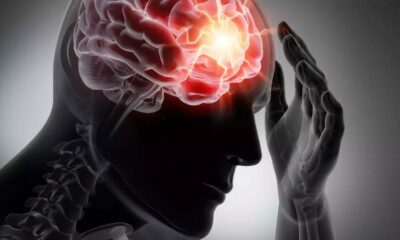
 Neurology2 weeks ago
Neurology2 weeks ago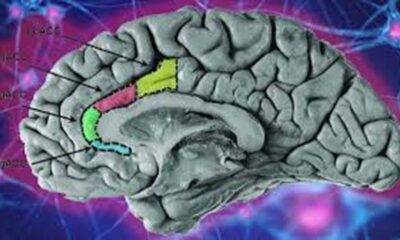
 Neurology2 weeks ago
Neurology2 weeks ago
 Diabetology2 weeks ago
Diabetology2 weeks ago
 Neurology1 week ago
Neurology1 week ago



